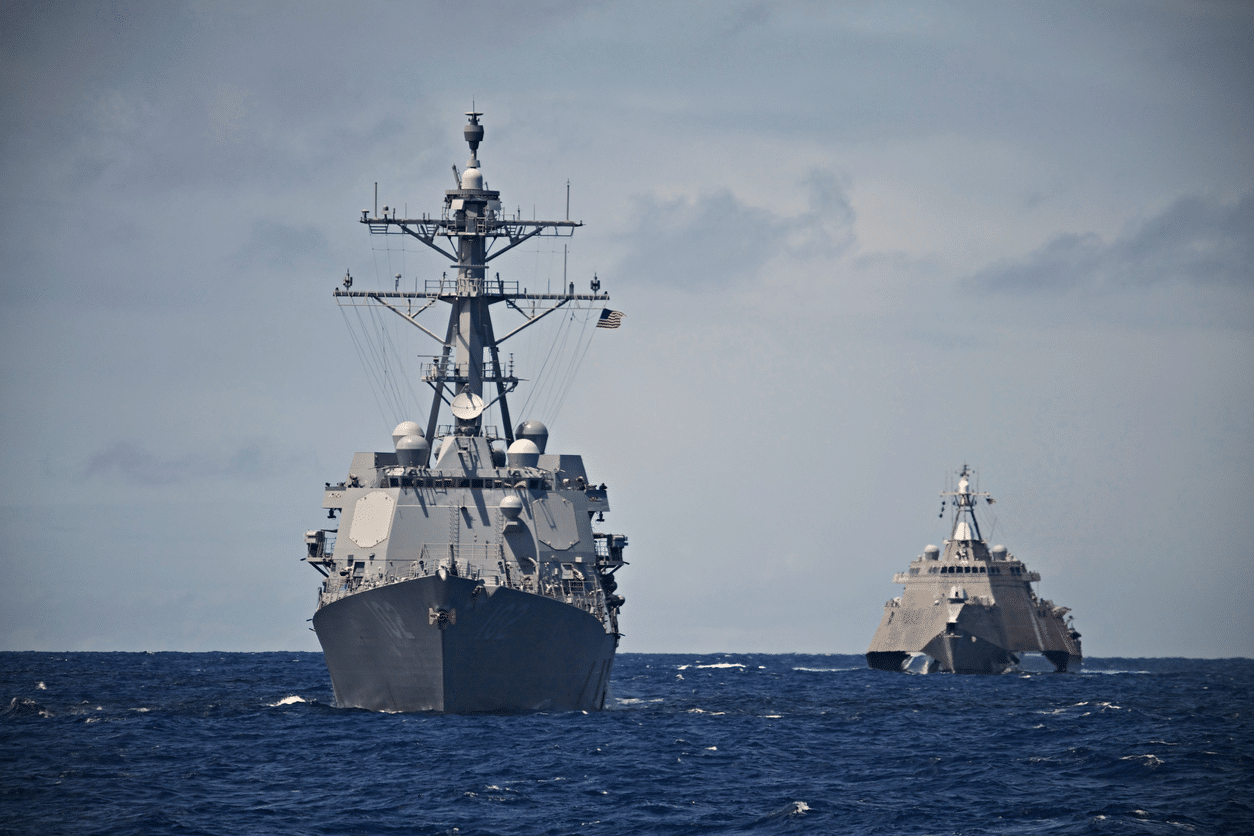Marotta Controls, a rapidly growing aerospace and defense supplier, announced the availability of its advanced Automatic Source Transfer Valve (ASTV) system designed to cool shipboard combat systems computing cabinets. The ASTV is a smart thermal management solution fully integrated with an electronic controller capable of communicating directly with shipboard mission control systems for simplified, remote utility management.
Power dissipation in large shipboard computing systems is mitigated by using circulated chilled water. Traditional chilled water systems are basic and inefficient, requiring manual monitoring and mechanical control at the site. Customers engaged Marotta to design and develop a modernized solution that would deliver benefits such as real-time, dynamic monitoring of system health and performance as well as remote control options.
The resulting design leverages the expertise of three Marotta technology disciplines: controller, firmware, and valve.
Smart Water Circulation via Smart Valves
The ASTV is a three-assembly system. It includes one electronic control panel and two valve/source assemblies for redundancy purposes.
The source assembly incorporates two Marotta proportional control valves, one managing water supply and the other water return. Each valve is equipped with sensors gauging valve position, temperature and differential pressure—information used by the control panel to modulate water flow through the computing cabinets’ exchangers.
Key features and capabilities include:
– Control panel monitoring status of both sources
– Automatic switch to alternate/redundant source if current source becomes non-compliant
– Configurable parameters
– Manual override ability
– Environmentally sealed for salt/fog, spray
– Major components top accessible for easy maintenance
– Qualified to military standards for naval combat systems (shock, vibration, corrosion, noise, etc.)
“We had initially developed the smart controller to replace mechanical relay logic with solid-state. This system ensured proper data processing performance by remotely monitoring everything from humidity and temperature to power draw and thermals,” said Brian Fly, Vice President, Marine Systems, Marotta Controls. “We then took that methodology and added it to the chiller system to complete the modernization of combat system thermal management. As a result, naval crew do not have to man the combat computers at their location, giving them the ability to deploy elsewhere as needed without sacrificing timely oversight of such a crucial system.”
